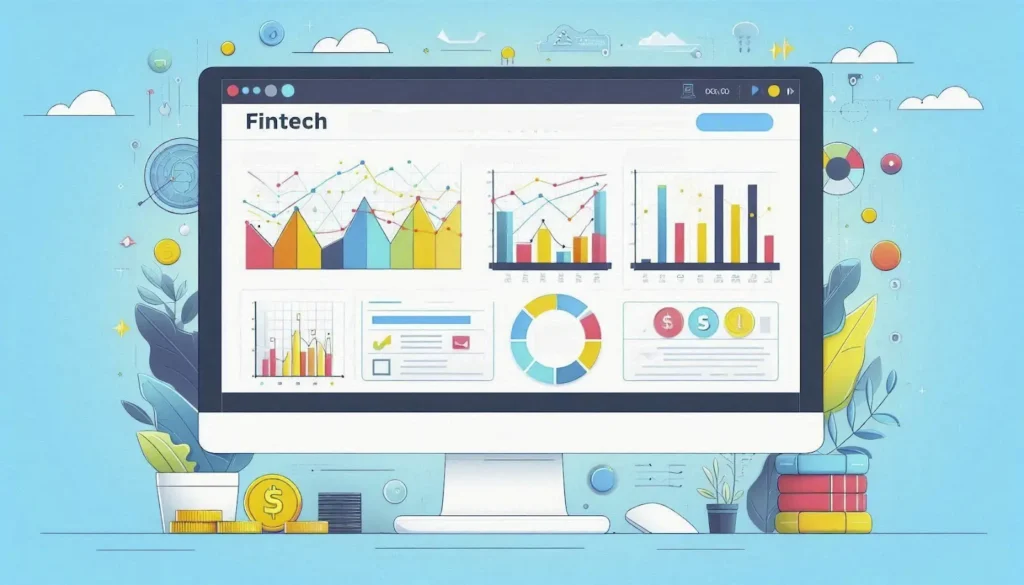How Can Domain Management Protect Your Fintech Brand?
The fintech market is booming, and businesses entering this space need to be savvy about how they defend their brand from the litany of threats it faces.
Online exploitation is especially rife, and effective domain management is one strategy that will give you the upper hand against malicious third parties.

Here’s an overview of how this works, and why you need it for your fledgling fintech firm.
Cybersquatting Threats and How to Tackle Them
Cybersquatting is a global issue, with 1929 cases of this kind recorded in 2024 alone. It’s basically a process by which unscrupulous people exploit unregistered or expired domains, buying them up so that the brands which might need them for legitimate reasons have to pay through the nose to recover them.
Here’s how you can tackle this issue:
- Early Registration: Act fast to register relevant domain variations before cybercriminals do.
- Monitoring Tools: Use services that track unauthorized use of your brand name online.
- Legal Action: Be ready to enforce rights through mechanisms like the Uniform Domain-Name Dispute-Resolution Policy (UDRP).
Let’s say your fintech company discovers a similar domain that’s mimicking its brand. Quickly filing a UDRP complaint will let you regain control quickly, preventing potential reputation damage.
To outsmart cybersquatters, consistent vigilance is key. Proactively managing your domain assets and responding swiftly to threats lets you minimize risk and protect the integrity of your fintech brand online.
Leveraging Parked Domains for Strategic Benefits
Parked domains are both placeholders and strategic assets for your fintech brand. When you park your domain name, you’re securing it against misuse before the associated site has gone through the development process. You can even buy your primary domain, along with similar names and extensions, to prevent third parties from snatching them up.
Benefits include:
- Brand Expansion: As your business grows, parked domains provide ready-made options for new projects or ventures.
- Traffic Diversion: Redirect visitors from parked domains to your main website, boosting engagement without effort.
- Sales Potential: High-demand parked domains could turn into lucrative opportunities if sold at a later stage.
For example, your fintech firm can purchase several domain variations of its core brand. This might include not only its .com domain but also.net, .org, and several country-specific versions. Parking them now lets you safeguards future expansion plans without the immediate pressure to launch additional services or products.
Additional Domain Management Steps
There are a few other things you can do to make sure that your domain management is on-point.
These include:
- Renewal Monitoring: Avoid accidental domain expiry by setting up automated renewal systems or implementing reminders for all owned domains.
- WHOIS Privacy Protection: Hide your contact details to shield against unwanted attention and spam.
- SSL Certificates: Ensure customer trust with encrypted connections that confirm the legitimacy of your site.
Embracing these steps in managing domains efficiently lets you grow your online credibility while staving off potential security breaches that threaten to derail your fintech operations before they’ve had a chance to flourish.
Further Options for Overhauling Your Brand’s Online Security
There’s much more to protecting your digital identity than what we’ve covered so far. On top of having resilient underpinnings, you’ve got to be outward-looking with your security efforts.
Consider these tactics:
- Regular Audits: Routinely check domain configurations and registrations to catch potential vulnerabilities early.
- Two-Factor Authentication (2FA): Enable 2FA on all platforms related to domain management, adding an extra layer of protection against unauthorized access.
- Staff Training: Educate employees about phishing attacks and other common cybersecurity threats to prevent human errors that might lead to breaches.
For instance, you might hold a quarterly workshop where staff can learn the latest security practices. Employees are then empowered to recognize potential threats, reducing risks from within the organization.
Combining these strategies alongside other steps in fintech brand-building, such as visual marketing, is the only viable way to succeed in this competitive space.
The Bottom Line
Basically, having domain management as one part of your wider security posture is paramount when you’ve got a fragile fintech brand to build. There are lots of tools and services out there that can help with this, but you need to be proactive in using them to reap the benefits.
